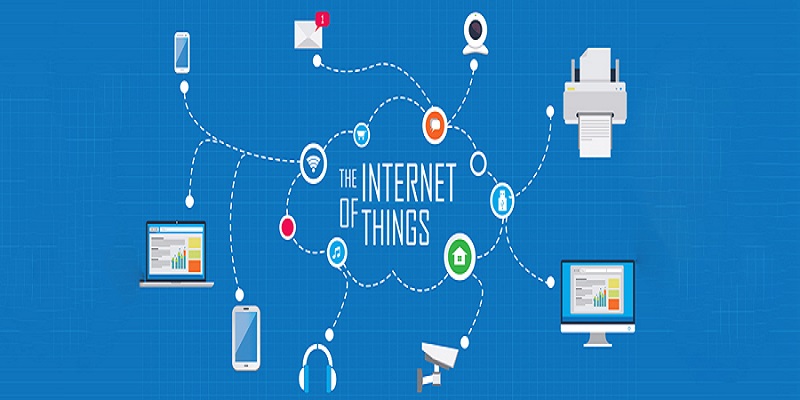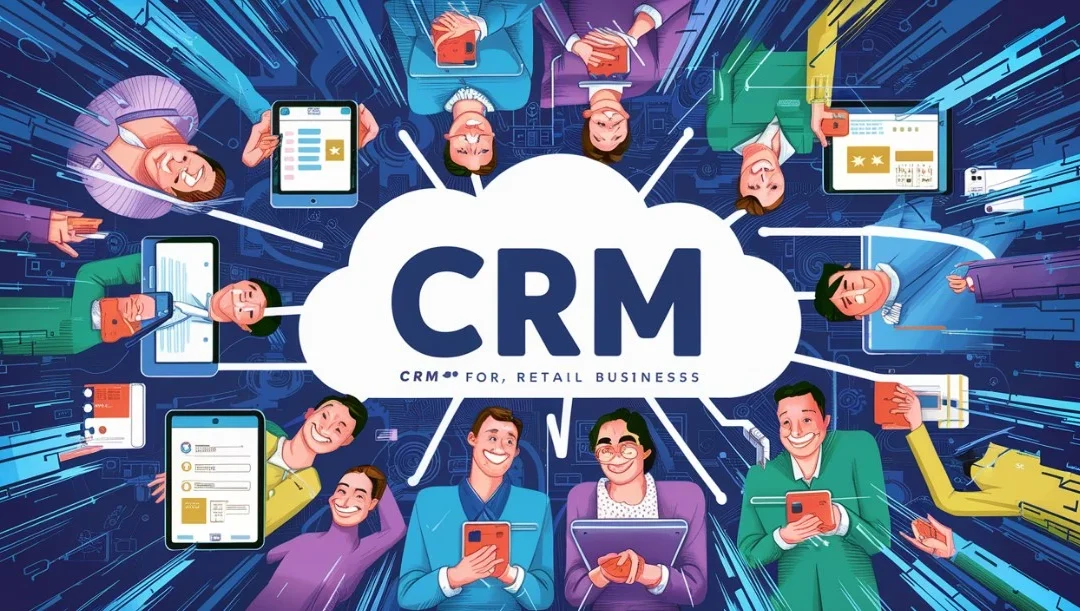Introduction
Currently, in the rapidly developing digital area, to be competitive and meet customer requirements, effective management of information technology technology has been of paramount importance to businesses. One of the most important tools ServiceNow CMCB (Configuration Management Database) provides to make service management easier is a holistic solution for IT assets, configurations, and relationships management. Here, we are going to elaborate on the importance of ServiceNow CMDB as well as examine the application strategies that are mostly used by IT service organizations to deliver service excellence.
Understanding ServiceNow CMDB
A ServiceNow CMDB maintains a consistent database of all configuration items (CIs) within the IT environment where these items are managed and detailedly documented. Such an informational infrastructure (CI) covers end-to-end systems, including devices, networks, platforms, services, and interactions. Remote ServiceNow Developers managing information technology (IT) can be greatly contributed by the establishment of a framework that provides a holistic view of the IT landscape to ensure that the decisions are made correctly, there is an effective management, and there is troubleshooting.
Benefits of Utilizing ServiceNow CMDB
The utilization of ServiceNow CMDB brings forth numerous benefits for organizations striving to streamline their IT operations:
1. Improved Visibility: The ServiceNow CMDB processed image provides a single window of existing IT assets and their connections, and stakeholders can comprehend the action or consequence of changes and issues over the infrastructure.
2. Enhanced Change Management: By having the exact parameters, businesses can predict the effects of a change, reduce risks, and let their introduced standards meet regulatory requirements.
3. Efficient Incident Management: ServiceNow CMDB contributes to the expeditious resolution of many off-topic incidents by providing IT teams with a continuous update on affected components and their dependable surroundings.
4. Optimized Asset Management: Having a contemporary record of IT stock in this case can help in optimizing resource utilization as well as in tracking the lifecycle of the asset among other vital things like minimizing the risk of unauthorized changes.
5. Support for ITIL Practices: CMDB by ServiceNow follows ITIL best practices, being an essential platform for establishing IT change management processes and improvement, while building on the success it has already obtained.
Strategies for Maximizing IT Service Excellence with ServiceNow CMDB
To leverage the full potential of ServiceNow CMDB and achieve IT service excellence, organizations can adopt the following strategies:
1. Establish Data Governance Framework: Put strong data stewardship guidelines in place to guarantee that the records in the ServiceNow CMDB are accurate, consistent and authentic. Establish certain job roles and work tasks for data management. do the audits often and use the rules of data quality.
2. Automate Discovery and Dependency Mapping: Use ServiceNow Discovery to perform discovery tasks automatically, fill in CMBD with relevant data and trace infrastructure (CI) between out them. Automation of processes leads to a reduction of human efforts and accurately maintains a CMDB in addition to shrinking the number of errors.
3. Integrate with ITSM Processes: Integrate ServiceNow CMDB with the ITSM processes such as Incident Management, Change Management, and Service Catalog by exploring and specifying the problem domain, the solutions and the facts. Through the complete integration, the IT team prevents some important decisions from being missed, prioritizes tasks in varying orders, and performs services when needed.
4. Implement CI Relationship Mapping: Form and keep ServiceNow CIs relationships within CMDB to view connection and influence analysis. The highly interdependent nature of different components of IT provides organizations with opportunities to anticipate the risky situations and to reduce them in advance through proactive actions.
5. Enable Self-Service Capabilities: Create a ServiceNow CMDB-based self-service site for users to request services, monitor assets, and acquire knowledge articles. Self-service saves service desk effort, improves user experience, and boosts IT organisational performance.
ServiceNow Platform in Digital Transformation Initiatives
Understanding the importance of ServiceNow in digital transformation initiatives help businesses gain its maximum advantage.
Challenges and Considerations
Despite its numerous benefits, leveraging ServiceNow CMDB presents certain challenges and considerations:
1. Data Accuracy and Completeness: Consistency and accuracy within CMDB are the issues that require a professional and experienced team. The members of the team should be well-versed in data governance. Organizations should pay a closer attention to data inconsistencies such as data incongruity, duplicates, and aged information to maintain the reliability of CMDB.
2. Resource Constraints: It is certainly true that the ServiceNow CMDB implementation along with its management requires the support of dedicated resources: the people, financial assets in the form of budget allocation and infrastructure support. Organizations should evaluate their readiness to avoid obstacles in initiating the implementation and allocation of the required resources to that effect too.
3. Organizational Change Management: Transitioning CMDB into ServiceNow implies certain changes like accepting it by affected users, shifting organization mindset and defining appropriate business targets. To be successful, change management strategies, communication plans and the training programs must include the necessary tools to counter the wearing process and increase adoption rates.
4. Integration Complexity: Developing integration of ServiceNow CMDB with the existing technical platforms, applications, and management methods may be complicated and time-consuming. Organizations are required to evaluate integration needs, which integration points are to be given importance and utilize available resources appropriately.
Future Trends and Innovations in ServiceNow CMDB
Looking ahead, ServiceNow CMDB is poised to evolve with emerging trends and innovations in IT service management:
1. AI and Machine Learning: The AI and machine learning techniques that are included in ServiceNow CMDB enable the platform to be analytical, to track anomalies and to automate tedious tasks. This in turn enhances the efficiency of service delivery and the decision making.
2. DevOps Integration: ServiceNow CMDB in DevOps approach provides a perfect bridge between the development and operations teams that helps them collaborate effectively. Integrating into the DevOps tools is a precursor for creating such a new structure as continuous delivery, automatic testing and numerous deployment of IT services.
3. Cloud Management: Not only ServiceNow CMDB but also manages the cloud infrastructure. The service manages the resources for IaaS, PaaS and SaaS as well. Unified observability allows for an all-encompassing incorporation of on-premises as well as cloud environments under a single vision. This facilitates organizations in resource utilization optimization and effective cost management.
Best Practices for CMDB Implementation
Developing a CMDB takes careful consideration to protect IT service management platform functionality and how it supports business operations. Here are CMDB installation recommended practices:
1. Define Clear Objectives and Scope: Define the major CMDB deployment goals. Determine what goals the CMDB will support, such as change control, incident management, or asset management. Define the implementation’s scope to keep it focused and aligned with the organization’s priorities.
2. Engage Stakeholders: Involve stakeholders from all offices and organizational tiers. Thus, the implementation process appears collective yet is not demotivating. Stakeholder involvement improves user needs analysis, buy-ins, and CMDB tracking across user groups. Key stakeholders include ICT leadership, service desk assistance, system administrators, and business users.
3. Conduct Thorough Data Discovery and Cleanup: Find CMDB information. Discover data before populating CMDB. A configuration environment source map is needed before constructing a configuration management database. Databases, spreadsheets, network scans, and others are popular. Clean and normalize data to remove duplicates, mistakes, and abuse to ensure CMDB data accuracy.
4. Implement a Phased Approach: Phase CMDB deployment by starting with a smaller region and expanding it as the phase advances. Start with key configuration items (CIs) that affect IT service and business processes. Think carefully about their influence. Increase the number of things inventoried and CMDB functionalities as needs and priorities change.
5. Provide Comprehensive Training: Sustainably support mature training efforts by educating users and the IT team on CMDB’s usage. Administer training of the team in charge of CMDB data maintenance and upgrading to enable them to comply with data entry or processes and use the tools applied. Web sessions should range through themes from data governance, CI spotting, relationship mapping, and the effective use of CMDBs.
6. Establish Data Governance Policies: Create strict data governance policies and procedures to guarantee data model elements are generated, changed, or destroyed within the norms. Create a data steward, admin, and user role and responsibility model by defining their issues and tasks. Validate data, streamline procedures, and check data quality and requirements.
7. Regularly Review and Improve: Continuously monitor, analyse, and evaluate the CMDB to ensure system relevance, correctness, and efficiency. Check often for contested facts, outdated information, and optimisation opportunities. Ask users and others for feedback to identify challenges, successes, and areas for development. Review points may be used to iteratively update CMDB process, data model, and governance requirements.
Unlock ServiceNow: The AI Revolution in Code and Cognition
Embracing the AI Distress in ServiceNow Improvement. Check out ServiceNow’s cutting-edge AI technologies and potential effects.
Key metrics for measuring CMBD Success
A CMDB performance should be monitored against a set of key performance indicators (KPIs) that are to stipulate strategic organization goals and objectives. Here are some key metrics for measuring CMDB success:
1. Data Accuracy: Assess the best CMDB’s accuracy and currency. Evaluate the CMDB’s consistency and quality. The CMDB is trusted for decision-making, incident management, and change control because of its high data accuracy.
2. Configuration Item Coverage: Track IT asset CMDB percentage and configurations with the whole inventory. A high CI coverage ratio indicates a complex IT environment, which may be treated using impact analysis and risk management.
3. Incident Resolution Time: Analyse incident resolution times using the CMDB. Since incident resolution time has decreased, the CMDB is helping users find the correct targets, resolving issues faster, and returning the system to operations faster.
4. Change Success Rate: Calculate the proportion of CMDB modifications positively affected by impact and functionality analysis. CMDB’s success in change projects helps analyse a change’s possible impact on the system, reduce risk, and ensure IT services are not disrupted.
5. Cost Savings: Estimate how optimizing asset management, reducing downtime, and using resources more efficiently may save money. Costs can be lowered by reducing hardware purchases, manual labor hours, and company disturbance when things change.
Role of ServiceNow CMDB in IT Security
Tracking IT assets and their security versions is crucial, and the ServiceNow CMDB helps identify vulnerabilities that lead to compliance gaps. Rapid response and containment of risks enable risk management and compliance activities. ServiceNow CMDB helps IT security:
1. Visibility and Control: The implementation of ServiceNow CMDB which delivers a unified platform for managing IT assets, configurations, and relationships across the infrastructure is also crucial. Via sincere and updated inventory registration of servers, end-point devices, applications, and network devices CMDB enables a view into the organization’s IT facilities and security level.
2. Vulnerability Management: We integrate vulnerability management with ServiceNow CMDB. Asset criticality and exposure help identify and prioritize problems. By linking vulnerability information with CMDB data, organisations may assess potential implications on IT operations and business processes when vulnerabilities are detected and prioritize remedies. It reduces security incidents.
3. Incident Response and Threat Containment: Security incidents ServiceNow’s CMDB technology helps IT teams monitor assets and downstream dependencies in real-time, identifying cyberattack paths. For instance, risk assessment analyses security event data connected with CMDB information to help an organisation evaluate damage and threat mitigation capabilities and patch security flaws.
4. ServiceNow compliance management: CMDB demands precise IT system setup and variance documentation for auditability. By monitoring configuration drift, protecting policy compliance, and providing audit trails, CMDB helps firms document compliance with standards, industry best practices, and internal rules.
Conclusion
ServiceNow CMDB not only is a key part of the solution but is probably the cornerstone for IT services as it can provide an organization with the means to manage IT assets, configurations, and relationships. Implementing strict strategies while being able to overcome obstacles along the way, and embracing future trends will be sure ways to get organizations to the maximum efficiency of ServiceNow Change Management Databases in their service delivery, and to stand unique in the fast-paced market of today.
FAQ
1. So, does this ServiceNow CMDB help business continuity and disaster recovery at all?
The ServiceNow CMDB furnishes the businesses with a relevant database of IT assets for efficient disaster response, by identifying the crucial links, and bringing them back to service during as well as after interruptions.
2. Can ServiceNow CMDB be adapted to 3rd-party tooling as well?
Certainly, the ServiceNow CMDB avails of API-enabled third-party integration as well as connectors that facilitate processes of automation and data synchronization.
3. What could be typical problems after ServiceNow CMDB implementation?
A few challenges that are faced commonly include data quality issues, consensus building, integration analytics, cultural resistance, and resource shortage.
4. What components does the ServiceNow CMDB have that are useful for regulatory regulations and compliance?
With the help of CMDB, ServiceNow achieves compliance by having a centralized repository provided, maintaining an audit trail, facilitating impact analysis, and so on, providing organizations the opportunity to show their compliance.
5. In large enterprises one has to think about some important aspects to make the ServiceNow CMDB scale.
Data capacity restrictions, infrastructure performance requirements, system scalability, and organisational complexity are important problems. Successful scaling requires scalable design, process optimisation, and alignment with important business goals.





